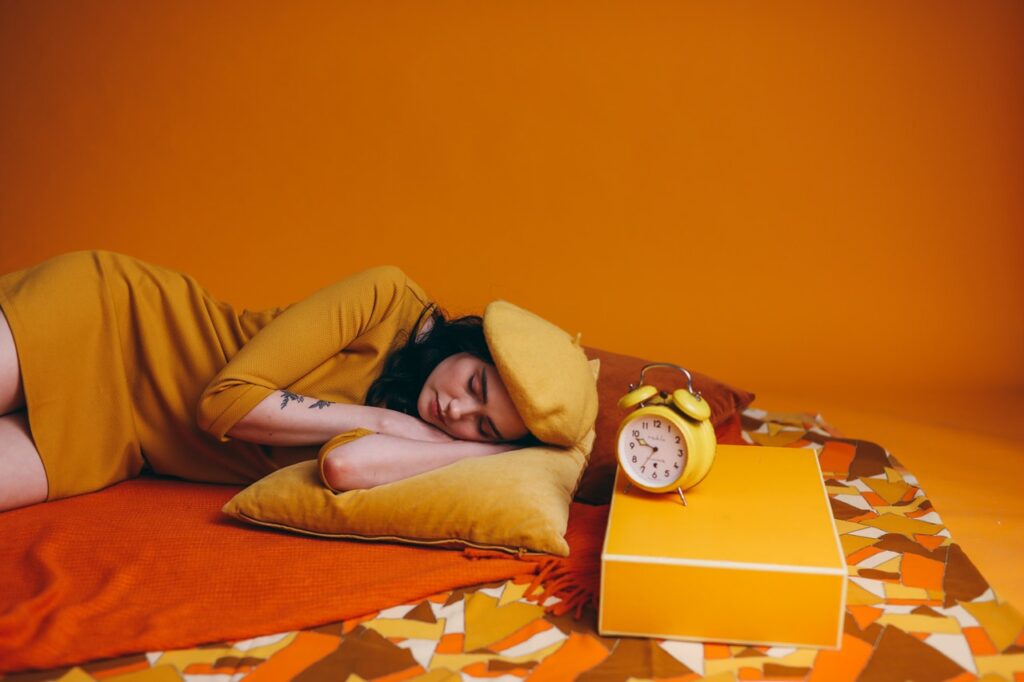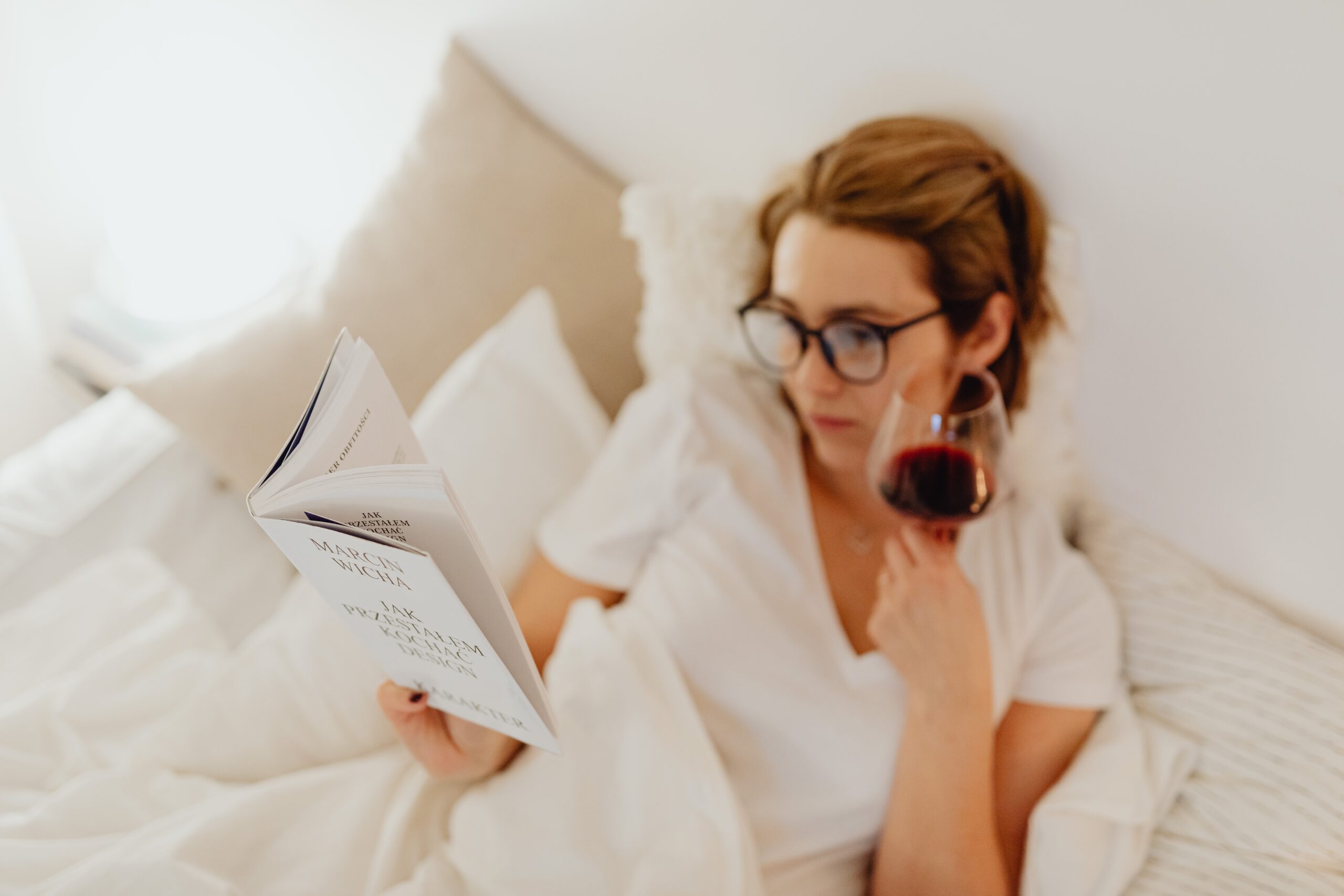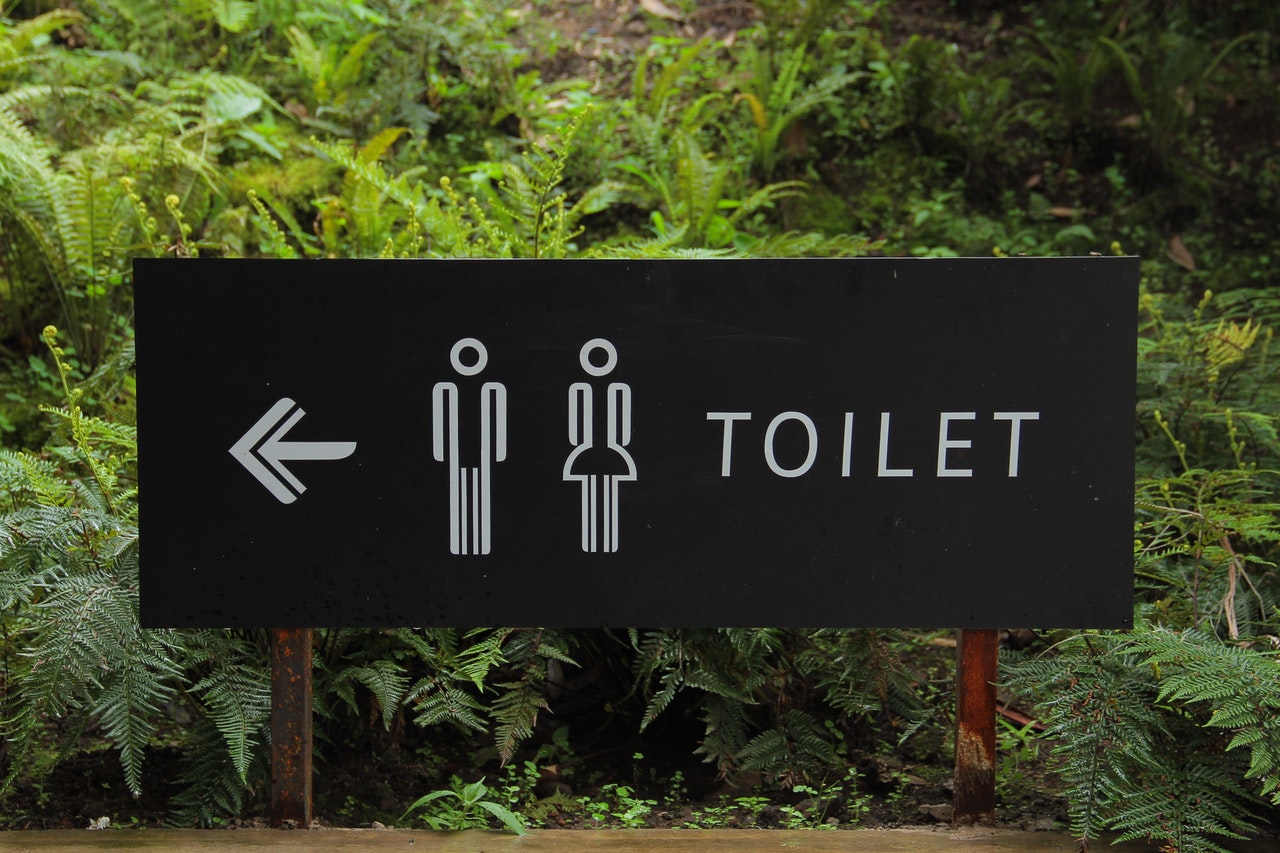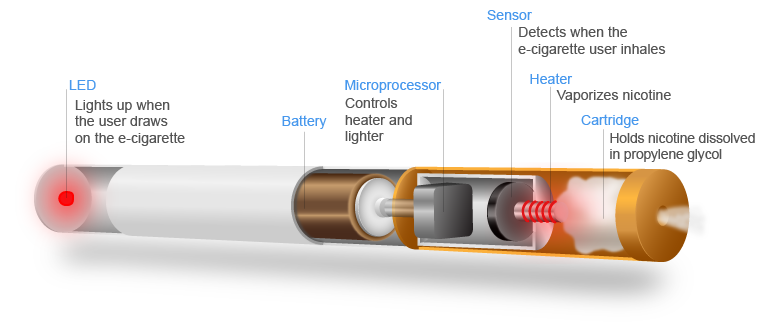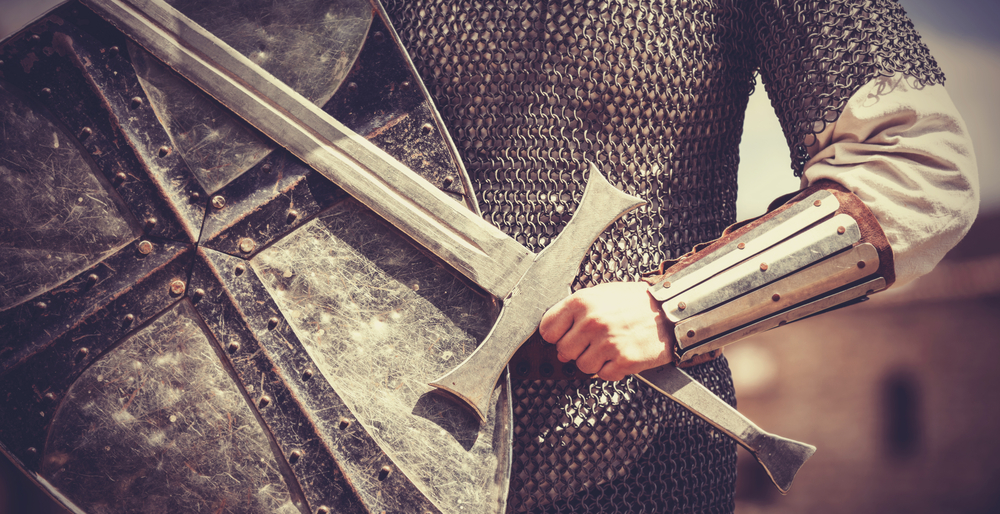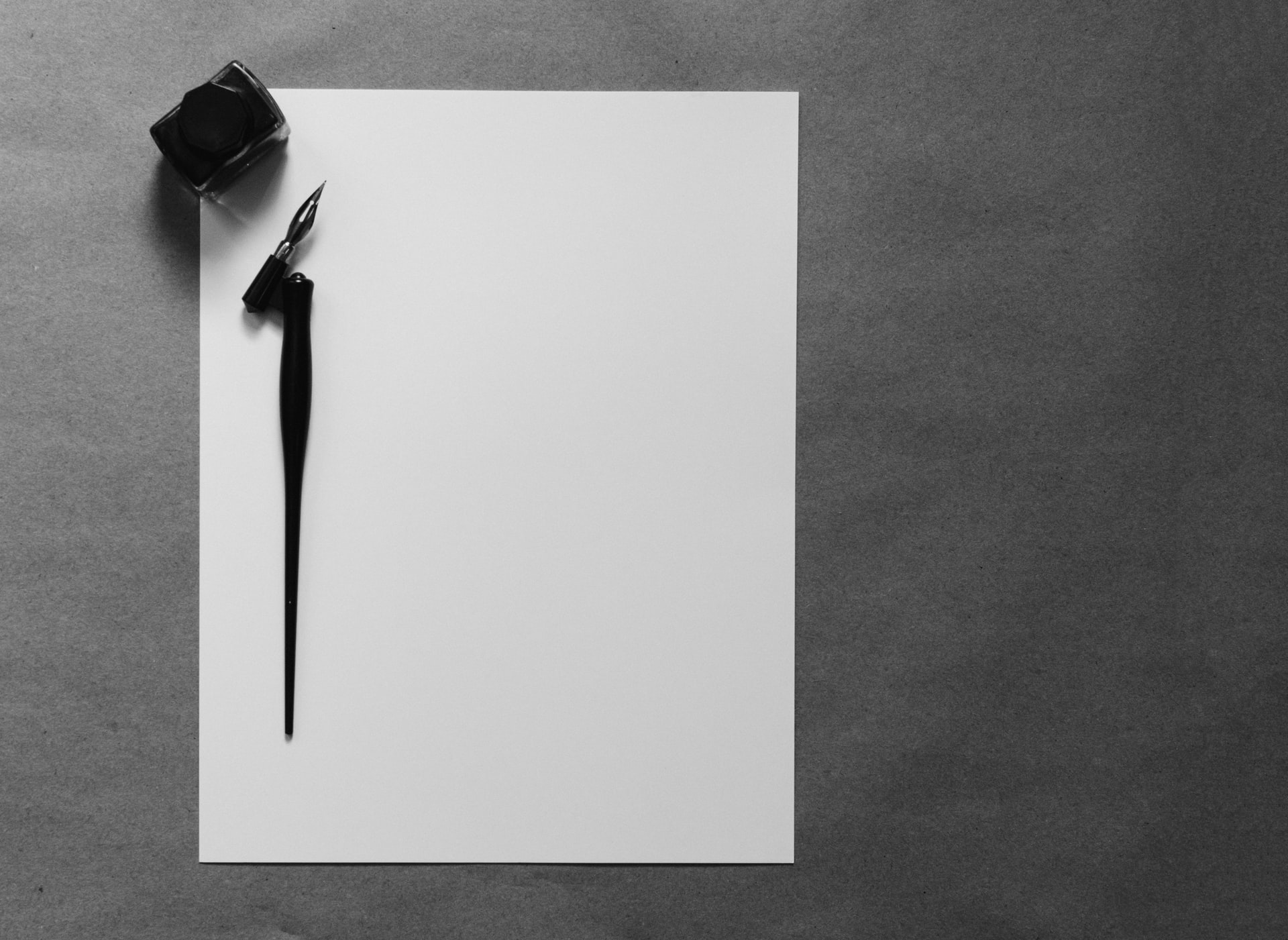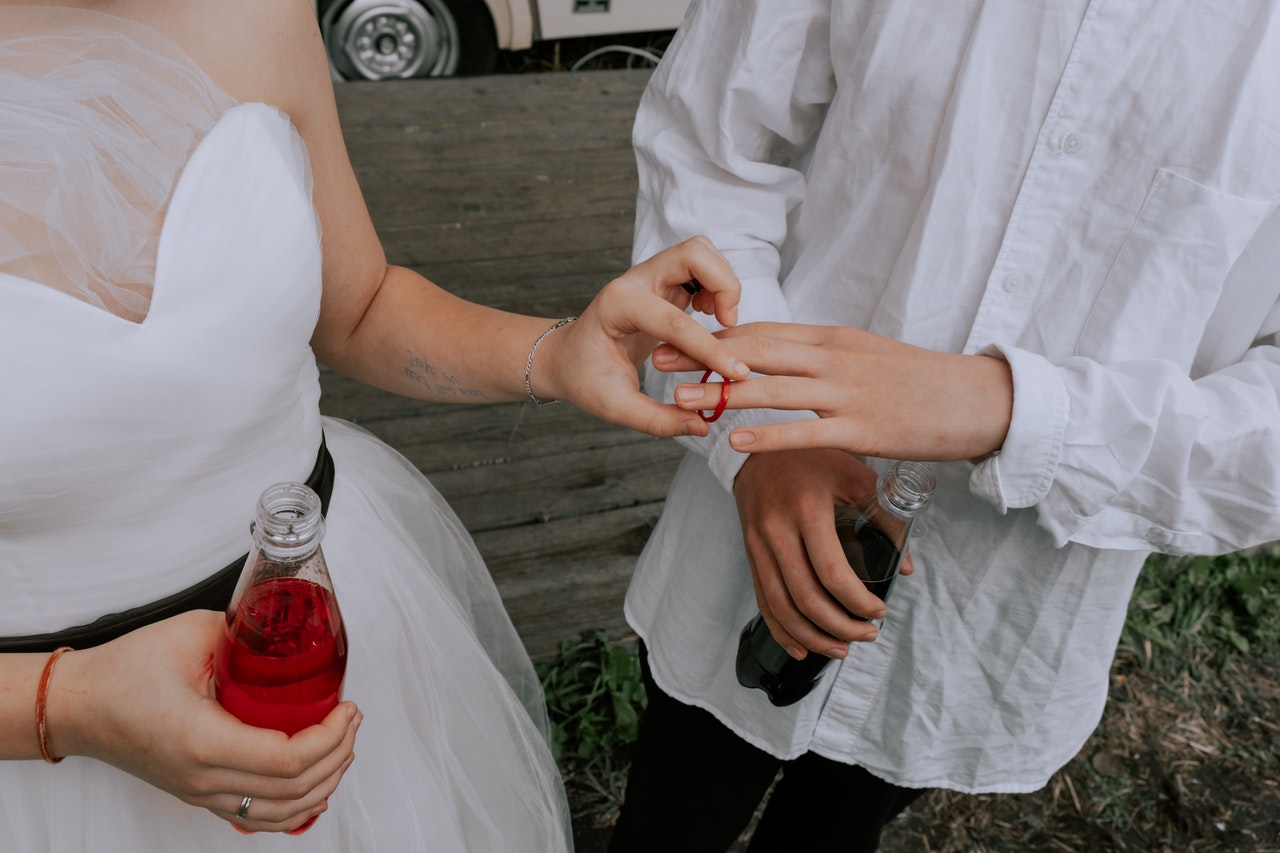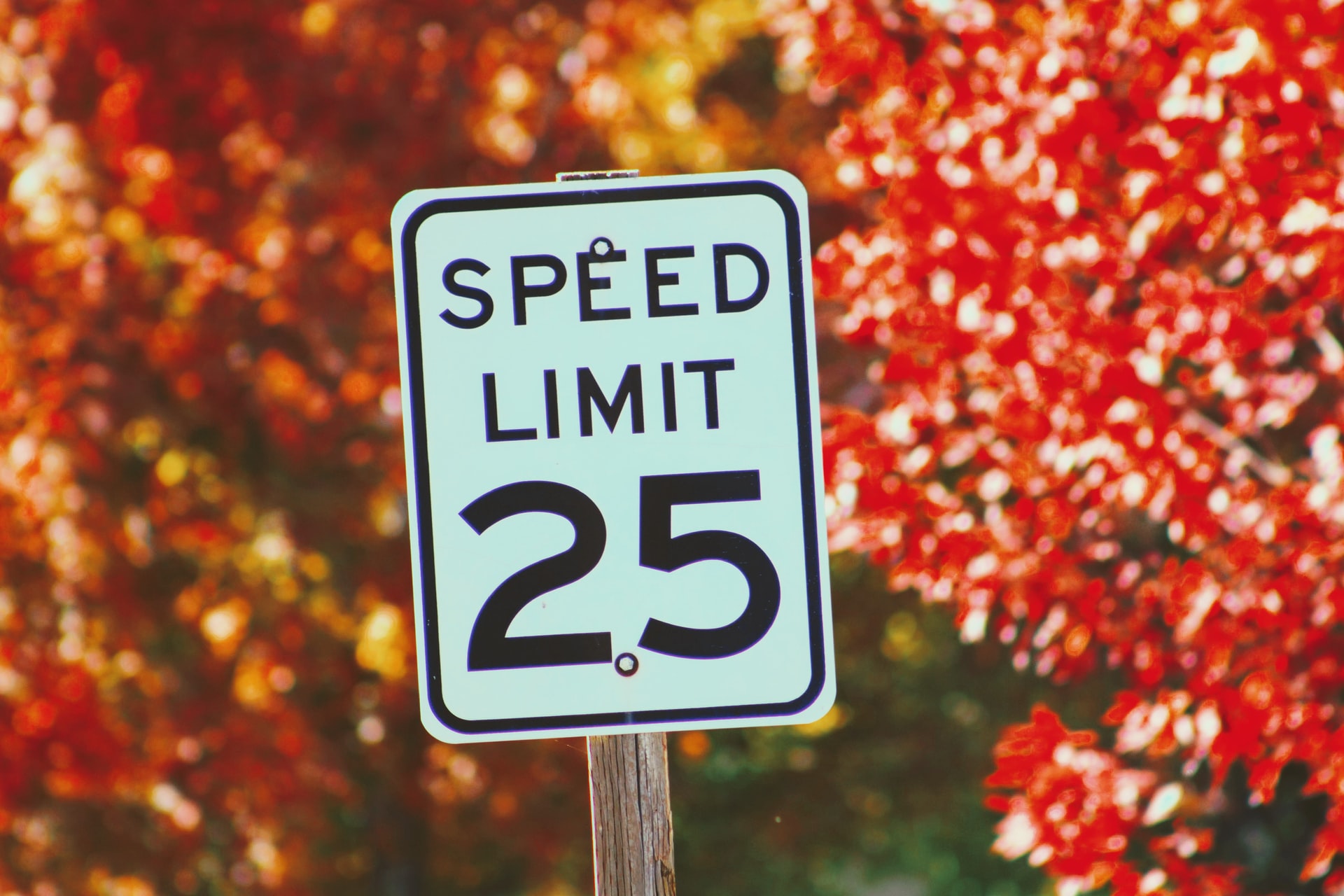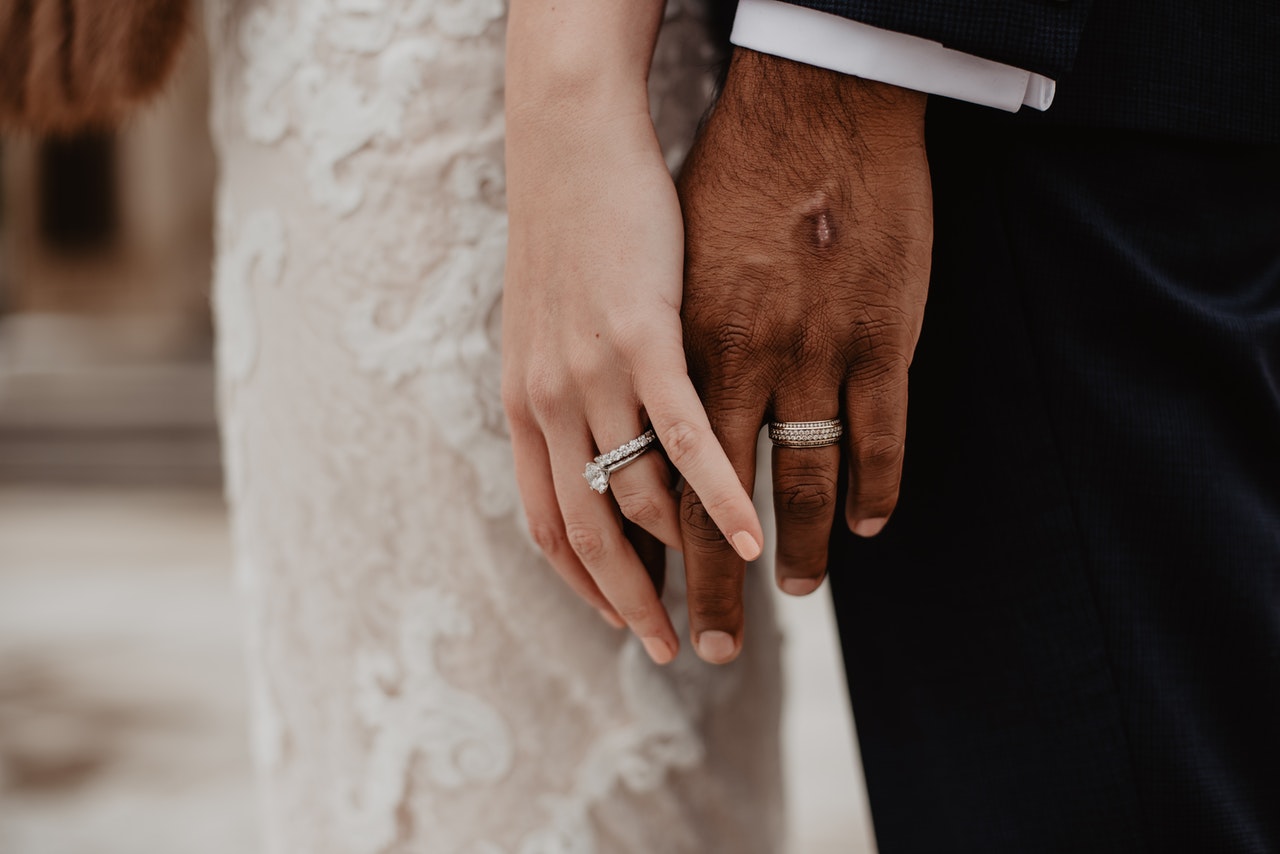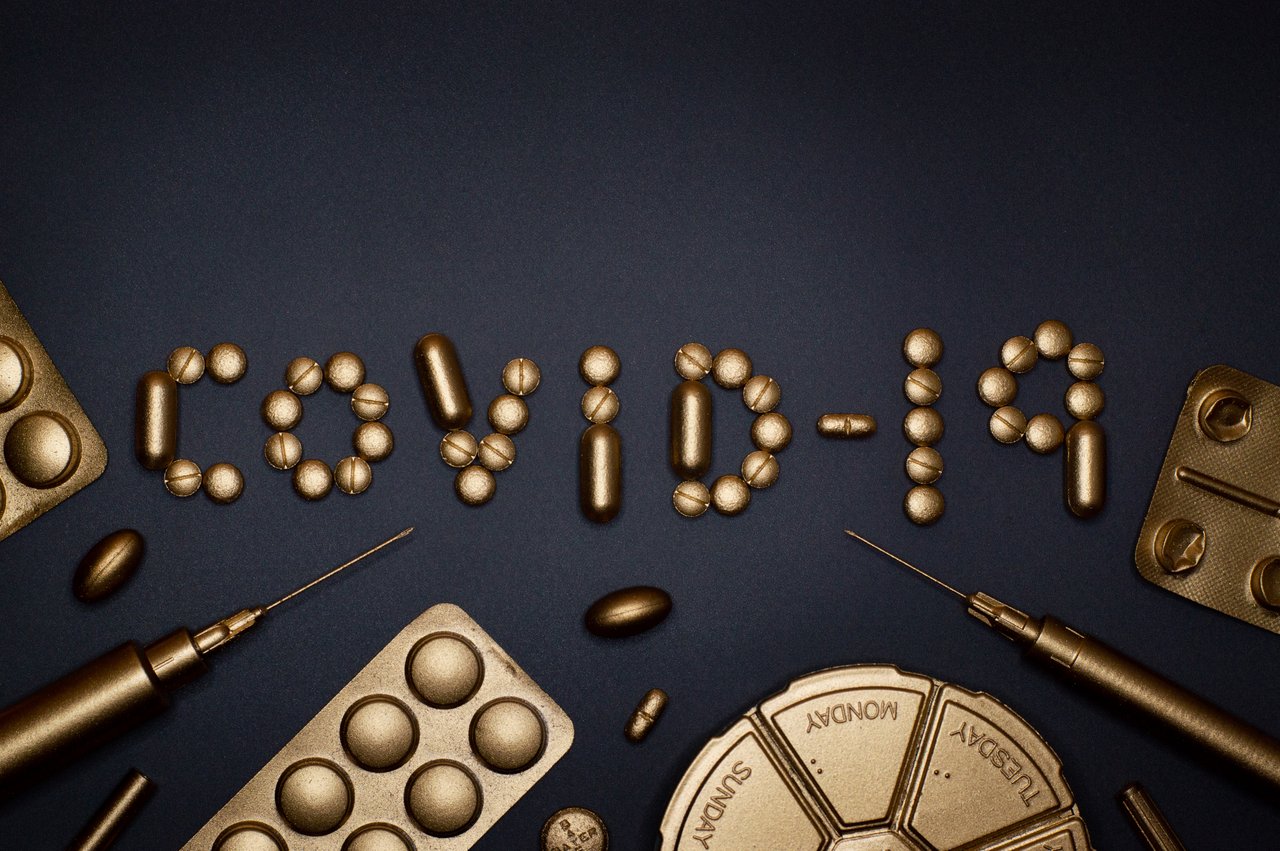Reading Time: 2 minutes
- Let’s say you work from 9 am to 5 pm and where you live, the sun rises at 5 am and sets at 7 pm in summers — so, you have 4 hours of sun in the morning before you start work and 2 hours of sun in the evening after you finish work.
- Now imagine that it is the start of the summer season and the government sets the clock ahead by 1 hour, i.e. 5 am (the sun has risen) in your watch becomes 6 am in reality.
- This means the sun now rises at 6 am and sets at 8 pm, giving you 3 hours of “outside work” sun in the morning and 3 hours in the evening.
- While the total hours of the “outside work” sun (6 hours) is the same, you now have an extra hour in the evening (one less in the morning).
- DST is based on the assumption people prefer and use the evening daylight more efficiently as most of us are asleep/sleepy between 5 am and 6 am and so, the morning sunlight doesn’t matter as much.
- Different countries start and end DST at different dates but most change the time between midnight and 3 am on a given date, e.g. in Australia,Not all states or territories observe DST, e.g. Queensland, the Northern Territory, Western Australia, Christmas Island or the Cocos (Keeling) Islands, don’t observe. DST starts at 2 am on the first Sunday of October and ends at 2 am on the first Sunday of April.
- This means that at 2 am on 4th April this year, the clock got set to 1 am.
- Now, on the day of change, while the analog clock at your home would continue to run as normal, the phone clock would automatically adjust to this change.
- So, if you had slept at 9 pm on 3rd April with an alarm set for 5 am on your analog clock, you would have caught your regular 8-hour sleep.
- But if you had set the alarm on your phone, you would have got 9-hour sleep because at 2 am, the clock got set to 1 am; similarly, in summers, you will get 7-hours sleep because at 2 am, the clock will spring ahead to 3 am.
- The day on which the clock springs forward is a 23-hour day and the day when it falls back, it is a 25-hour day.
- The DST is believed to have been proposed first in 1895 by an NZ astronomer, George Hudson but many people attribute it to Benjamin Franklin, one of the founding fathers of the US.
- In 1784, Franklin had written a letter mentioning that while the sun was up, most people were sleeping; “[if this changed, the city could save an] “immense sum” [of candles]”.
- It was when resources became scarce during WWI that Germany went ahead with the first daylight saving time in 1916 to maximise resource use during sunlit hours.
- DST has mostly been a controversial topic — those against it believe it takes a toll on the human body (especially when an hour is taken away), while those in favour say it improves health because people spend more time outdoors, playing sports.
- The data on the supposed energy-saving benefit is also non-conclusive and so, the concept is quite unpopular in many places.
Image courtesy of KoolShooters through Pexels

